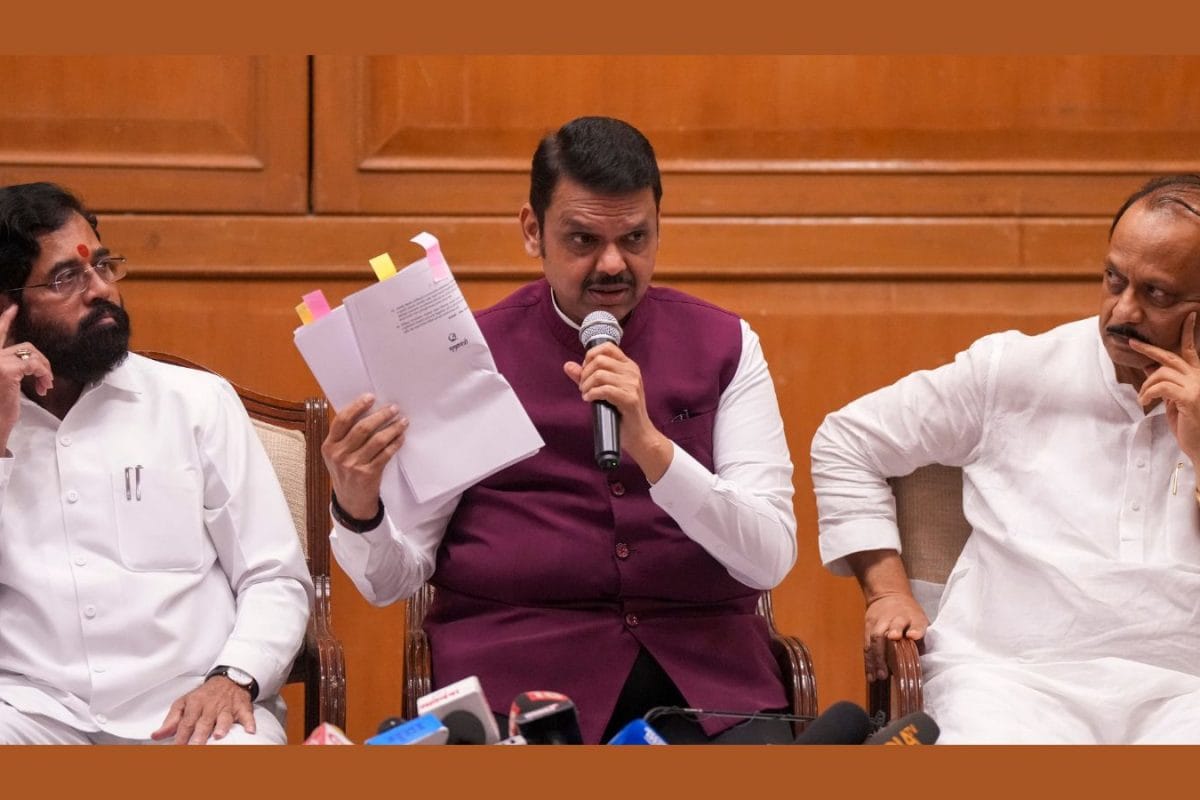

The Maharashtra government has recently faced considerable opposition regarding its decision to implement Hindi as a compulsory third language in schools. The controversy led to the withdrawal of the initial order and subsequent revisions to the language policy.
Background and Initial Order
The State Curriculum Framework for School Education 2024, aligned with the National Education Policy (NEP) 2020, introduced the mandate. A government resolution (GR) initially stated that Hindi would "generally" be the third language for students in Classes 1 to 5 in Marathi and English medium schools. Marathi was to remain a compulsory language in all schools. This move was perceived by many as an imposition of Hindi, contradicting the NEP 2020's promise of linguistic choice and promoting multilingualism.
Public and Political Backlash
The original order faced strong criticism from educationists, political parties, and civil society groups. Critics argued that the decision was a "backdoor entry" for making Hindi compulsory. Opposition leaders accused the government of undermining Marathi language and culture. Maharashtra Navnirman Sena (MNS) chief Raj Thackeray urged school principals to resist the order, accusing the government of bowing to "bureaucratic pressure". Some Marathi language advocates felt the government was reintroducing the policy through the "backdoor" after initially backtracking.
Revised Order and Clarifications
Faced with mounting pressure, the Maharashtra government softened its stance and issued a corrigendum. School Education Minister Dada Bhuse clarified that Hindi would not be imposed. The revised GR stated that students could choose any Indian language as the third language if at least 20 students per grade opted for it. Arrangements would be made for teachers or online instruction to accommodate these preferences. Bhuse also emphasized that the focus for Classes 1-2 would be on developing listening and speaking skills in the third language, with written components introduced from Class 3 onwards.
Concerns and Criticisms of the Revised Order
Despite the modifications, the revised order continued to draw criticism. Congress state president Harsh Vardhan Sapkal dismissed the clarification, stating that "changing words does not change the intent". Concerns were raised that the requirement of 20 students per class to opt for an alternative language would make it difficult for most schools to offer choices other than Hindi. Educationists pointed out that a significant percentage of schools in Maharashtra would not meet this condition, effectively making Hindi the default third language. Critics also argued that the government's move contradicted earlier statements that Hindi would not be mandatory.
Government's Defense and Rationale
Chief Minister Devendra Fadnavis defended the language policy, stating that it aligned with the NEP 2020, which promotes a three-language formula. He clarified that Marathi remains compulsory and that the government is committed to providing options for students to learn other Indian languages. Fadnavis also noted that the three-language system stems from the NEP, which was formed after extensive consultations. Education Minister Dada Bhuse described Hindi as a widely used language and reiterated that the government had reconsidered the policy after initial public backlash.
Withdrawal of Government Resolutions
Amid the ongoing controversy, the state cabinet decided to withdraw the government resolutions related to the implementation of the three-language policy. Chief Minister Devendra Fadnavis announced the formation of a committee, headed by educationist Narendra Jadhav, to suggest a way forward and recommend the implementation of the language policy.
The situation highlights the complexities of implementing a national education policy in a diverse linguistic landscape. The debates in Maharashtra reflect broader tensions between promoting national languages and preserving regional identities and linguistic diversity.